POS vs ERP: Key Differences, Integration Options, Benefits, And Limitations
When you run a growing business in retail or hospitality, you can’t afford to make decisions in the dark. You may have a fast POS system that helps track daily sales and print receipts. But is that enough? Probably not. OS tells you what’s sold, but not what it costs you to sell it. That’s where the real debate starts — POS vs ERP.
Wondering whether you need both or just one? Then, keep reading.
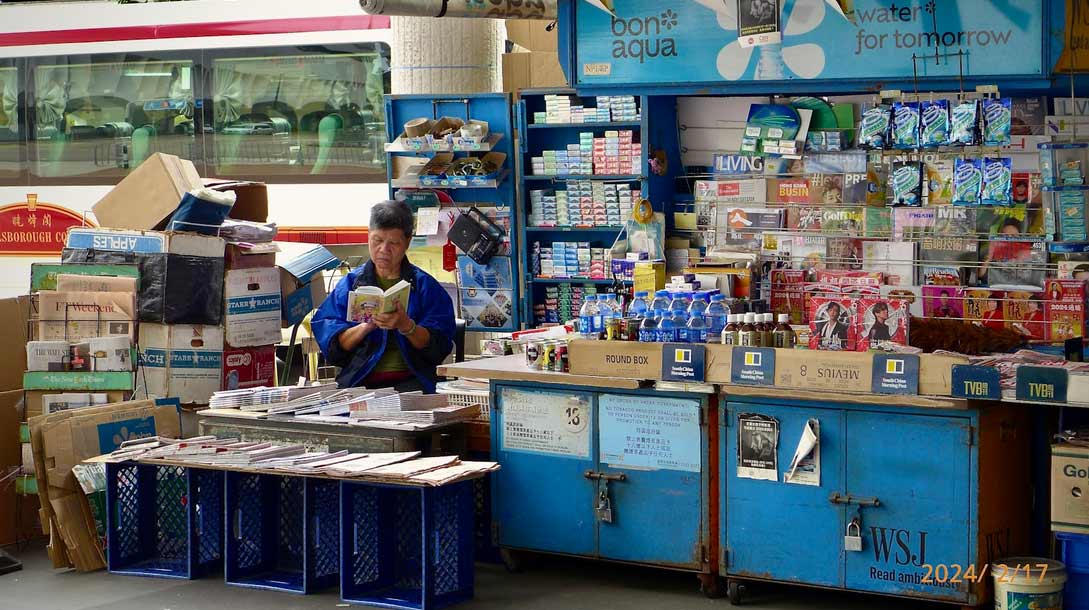
POS Vs ERP
POS, or Point of Sale, is what your cashier uses to complete a sale. It captures transactions, prints receipts, updates stock at the front-end, and often integrates with payment gateways. POS systems are built to move fast and process customer-facing operations like billing, returns, and promotions.
ERP, or Enterprise Resource Planning, is a much broader system. It connects departments — inventory, finance, HR, supply chain, purchasing, and production — into a single dashboard. Here’s a quick functional overview:
POS handles:
Billing and invoicing
Customer orders and returns
Stock adjustments at the store level
On-the-spot inventory updates
Real-time reporting of sales
ERP manages:
Supply chain operations
Purchase orders and vendor management
Accounting, payroll, and compliance
Multi-warehouse inventory planning
Employee data, leaves, and workflows
Custom dashboards and business analytics
For example, a busy hotel might use a POS at the reception desk, restaurant, and spa. But behind all that, the ERP will track room occupancy rates, guest bills, vendor payments, and staff schedules.
What Are The Most Important Differences Between ERP & POS System?
The biggest difference is purpose. POS systems are built to complete transactions, while ERP systems are designed to manage processes.
Let’s break it down further:
POS is transactional: It tells you what got sold, to whom, and at what price. It focuses on speed, customer service, and inventory movement at the point of sale.
ERP is operational: It helps you understand why stock is moving, how much you’re spending, and what profits you’re making after overheads.
POS is front-end: It’s used by cashiers and sales staff to manage customer-facing activities.
ERP is back-end: It’s used by finance teams, store managers, procurement heads, and HR teams to plan and optimise.
POS gives real-time sales: You know what’s selling now. But without ERP, you won’t know your upcoming liabilities, reorder status, or true profit margins.
There’s often an overlap. Some POS systems offer basic inventory reports or customer loyalty tools. Similarly, modern ERPs like Eklavya include built-in POS modules for smoother integration. But the depth and scope still differ. They complement each other, not replace.
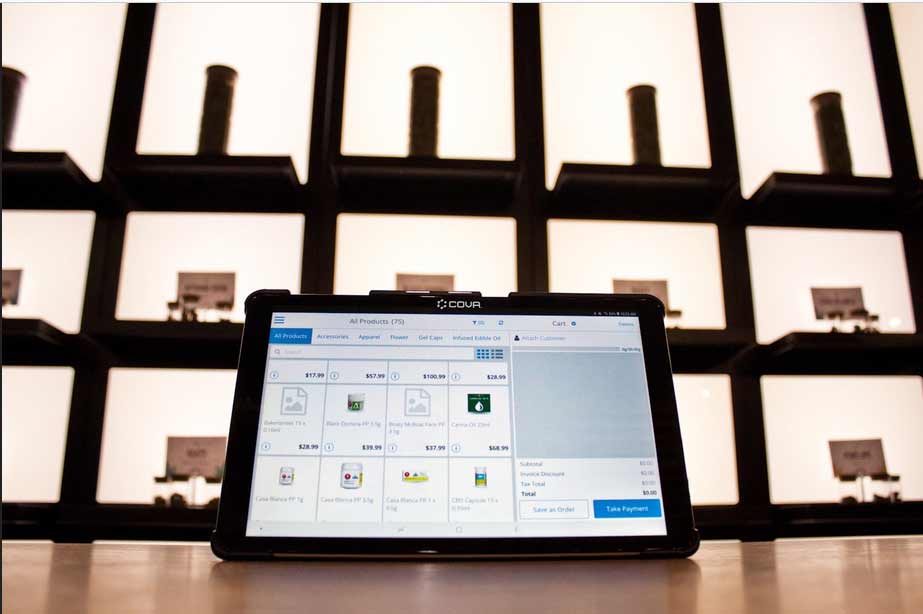
What Are Real Examples Of ERP Vs POS Systems
Let’s make this simple with some industry examples.
POS Systems:
Square: Popular among cafes, small retail stores, and food trucks. Great for quick setup, mobile payments, and easy reporting.
Toast: Designed for restaurants and QSRs. Helps with table management, kitchen displays, and tips handling.
Lightspeed: Favoured by fashion retailers and boutique stores. It offers inventory sync, customer insights, and multi-location support.
ERP Systems:
Eklavya: Used by mid to large-scale businesses in retail, hospitality, and manufacturing. Tracks procurement, sales, HR, and accounting in a unified dashboard.
SAP Business One: Common in distribution-heavy businesses. Offers advanced inventory and multi-branch financial management.
Odoo: Modular ERP platform for startups and enterprises. Can manage eCommerce, CRM, payroll, and more.
What Are The Benefits Of ERP And POS Integration
When your POS and ERP systems are integrated, you stop operating in silos. Here’s what that unlocks:
1. Real-time inventory updates
POS tells you what was sold. ERP tells you what it means for your business.
Let’s say,
A retail business owner makes ₹30,000 in sales by EOD (end of the day) as per the POS system. That’s your revenue, not your profit. You still don’t know:
How much do the products cost you
How much are you paying for showroom rent, electricity, and staff salaries
How much stock is on the way
Your pending vendor bills or tax liabilities
Without ERP, this data means nothing. And you can’t make decisions with half the picture. ERP lets you know your real margin, upcoming expenses, and inventory levels. You can even set reorder points and track spoilage or theft.
2. True Profit Visibility
Your POS gives sales numbers, but ERP adds context—COGS, operating costs, tax liabilities. So instead of just seeing revenue, you see actual profit in real time. This is especially useful for businesses with multiple outlets, warehouse stock, or products in transit.
3. Better Forecasting, Less Guesswork
Forecasting improves dramatically. With historical sales trends pulled from POS and cross-referenced with ERP’s purchasing and logistics data, you can plan inventory, staffing, and pricing strategies with confidence. For example, a hotel chain may notice higher spa bookings on long weekends and pre-schedule staff accordingly.
4. Unified data across departments
Instead of jumping between tools, work is done on one platform. Accountants can close books faster. Managers see updated cash flow. Warehouse teams get restock triggers without waiting for manual input.
5. Smoother customer and employee experience
Integration helps you maintain a single customer view across offline and online channels. If a guest dines at your restaurant, buys from your boutique, and uses your spa, all their preferences and history stay in one place. This allows for tailored offers and loyalty programs.
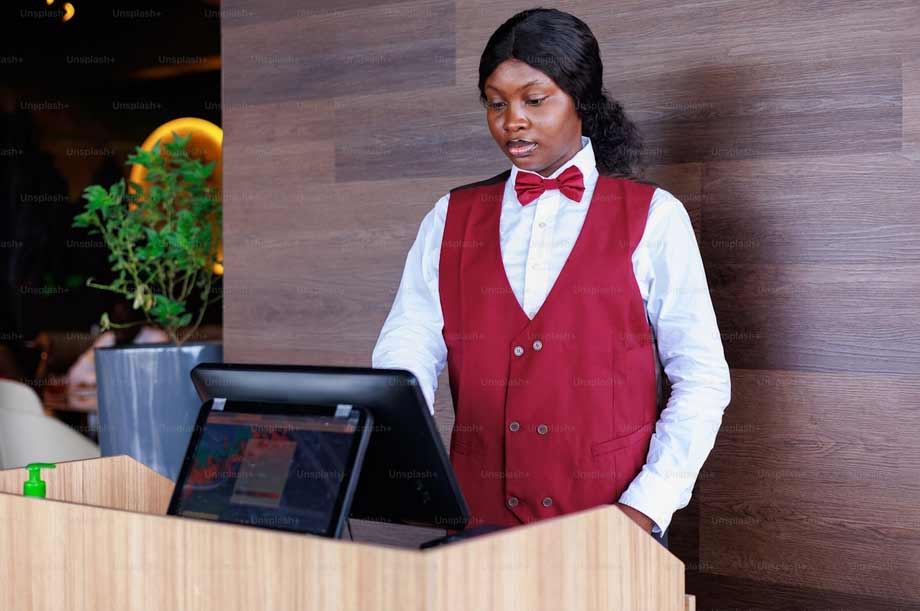
Can POS Be Integrated With ERP Systems Seamlessly?
While ERP and POS systems are often used separately, connecting them is possible. When done right, you don’t have to pull data manually from POS or re-enter it into your ERP. Everything just flows from one system to the other.
With integration, you can -
Avoid stockouts - POS updates inventory in ERP as sales happen. So, you can avoid dead stock.
Cross-sell and upsell better - Track purchase history in ERP and pitch the right products. For example, push offers can be sent at checkout via POS.
Gain clarity on daily cash flow - Sales data moves directly into ERP. So, you can see real-time cash position and plan payments accordingly.
Get customer insights: Track repeat purchases, spot inactive buyers, and plan loyalty offers.
Now, there are three ways to integrate your POS and ERP system -
APIs (Application Programming Interfaces) - APIs let two systems talk to each other. If your POS and ERP both support open APIs, you can sync data (including sales, inventory, payments, and customer info).
Middleware – A connector that moves data between systems. Works well when APIs aren’t available or systems don’t speak the same language.
Plugins - These are ready-made connectors built for specific platforms, like Shopify POS with NetSuite.
But just because a tool exists doesn’t mean it meets your needs out of the box. That’s why custom solutions exist—and that’s where Ekklaya steps in. We build integrations that are:
Tailored to your operations
Supports complex workflows - multi-location, online/offline sync
Want your systems to talk properly? We’ll make it happen. Contact us today to get started.
What Are The Limitations Of POS Systems?
Lack of advanced analytics - Having data on inventory and sales is fine. But can you forecast next month’s cash flow or supplier payments? With POS alone, you can’t calculate profitability or forecast demand. For that, you need ERP software.
Limited Accounting Capabilities - POS records payments received but doesn’t handle vendor invoices, payroll, or tax liabilities. You can’t close books or run balance sheets from it.
Minimal workflow management—While inventory is one of the heavily capital-backed functions, POS does not help much with it. It cannot manage warehouse or procurement workflows.
E.g., POS shows sales of a jacket for ₹3,000. But it doesn’t tell you it cost ₹1,800 to source, or that your shipping partner added ₹200.
Scalability challenges for growing businesses - As you add new stores or channels, basic POS may struggle to sync inventory or maintain consistent reporting. You may miss out on a unified view of operations.
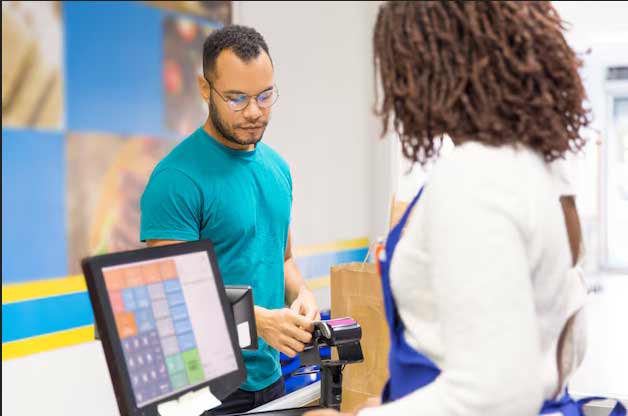
Difference Between POS And Epos
EPOS stands for Electronic Point of Sale. It’s the modern, digital upgrade to traditional POS systems. It runs on software, often cloud-based, that -
Connects to the internet
Integrates with other tools
Automates updates across stores and devices
It supports dashboards for sales trends, product performance reviews, etc.
On the other hand, traditional POS is usually offline and handles basic transactions like sales, returns, and receipts.
How Is POS Different From SAP-based ERP Systems?
SAP is a comprehensive ERP system with modules for finance, HR, procurement, inventory, supply chain, compliance, and analytics. It’s built for planning, forecasting, and managing end-to-end business operations.
On the other hand, POS is built to handle sales at the point of purchase. It processes payments, prints receipts, updates stock, manages customer interactions, and records goods sold. It has a transactional layer to it that defines its purpose. It does not manage broader business functions like budgeting, procurement, or financial reporting.
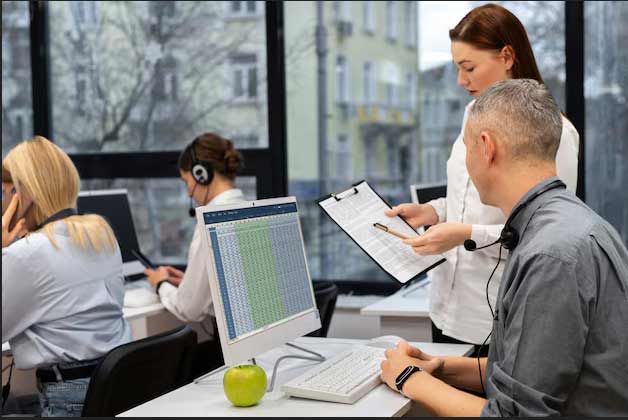
Frequently Asked Questions About POS Vs ERP
A major difference between ERP and POS systems is the scalability of operations. ERP handles inventory, finance, HR, supply chain, and other back-end operations. While POS only gives data on sales and customer interactions.
Yes, a Point of Sale (POS) system can be integrated with an Enterprise Resource Planning (ERP) system. Integrating ERP and POS systems aids businesses in streamlining sales data with other business functions.